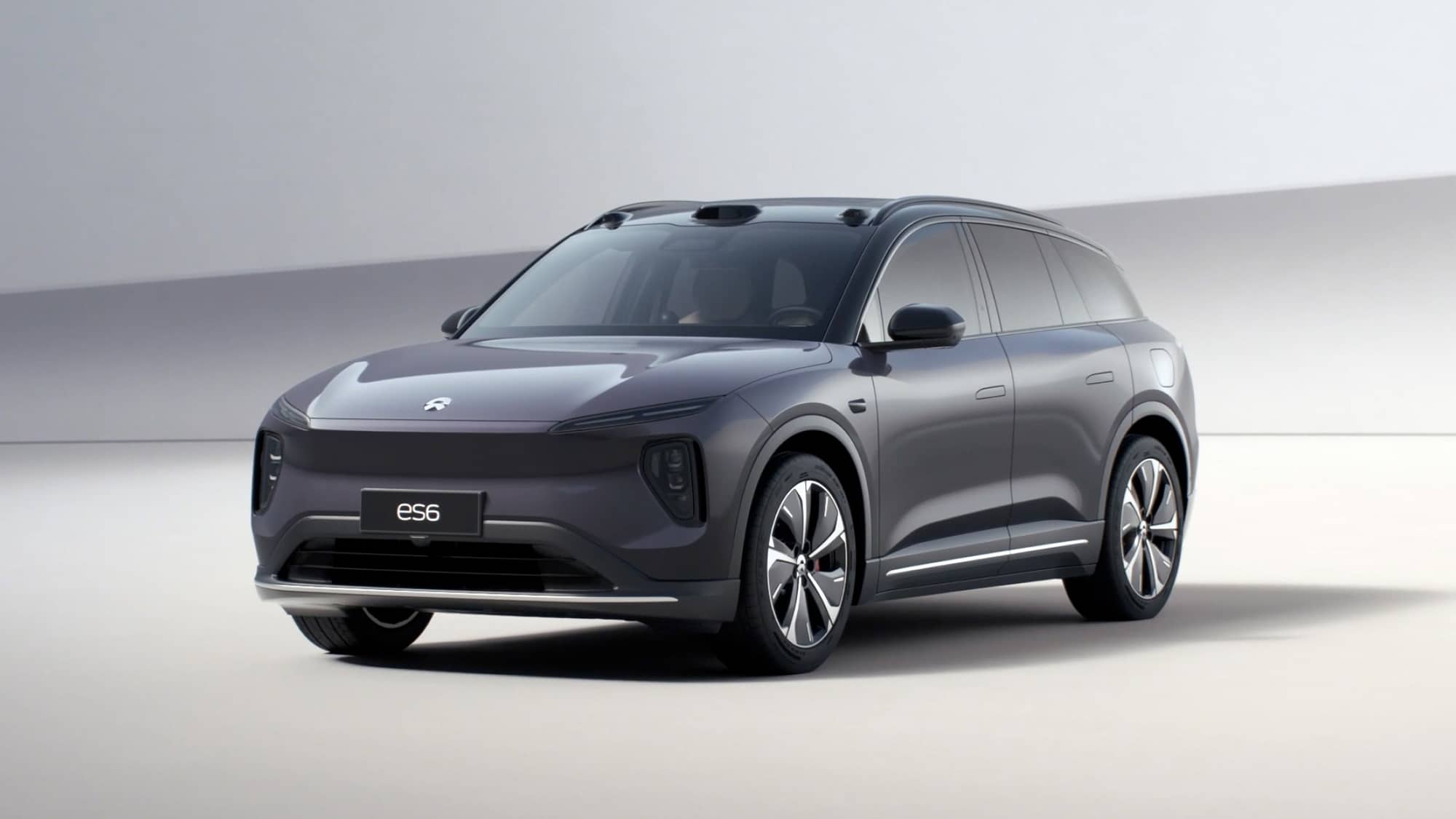Chinese manufacturers take the Mexican automobile market by storm

It’s now pretty obvious that Chinese automakers aren’t what they once were. Formerly the laughing stock of the industry with their copies of known models of questionable quality, chinese brands today meet the expectations of consumers around the world, both in terms of quality and technology.
If the European market has already been the victim of a wave of Chinese manufacturers coming to play in its flowerbeds, it is now the turn of Mexico to see its vehicle fleet quickly fill with new vehicles from Asian manufacturers. Are we next in line?

Aggressive manufacturers
On his YouTube channel, the American automotive media Motortrend has put together a very interesting documentary which explains in detail the phenomenon of Chinese automobile manufacturers established in Mexico.
According to the documentary, not only is the best-selling electric vehicle there currently the BYD Yan Plus compact SUV, but, since the COVID-19 pandemic, 29% of vehicles imported into Mexico come from China, while 19% of new vehicle sales come from a Chinese manufacturer.

Why such enthusiasm and why is China interested in the Mexican market? On the one hand, Chinese manufacturers, like all good companies, are constantly seeking to grow and capture new market shares. BYD And NIOtwo of the most aggressive Chinese manufacturers today, have made it clear in recent press releases that their goal is to conquer new markets.
Then there is consumer interest in buying Chinese rather than Japanese, American and European. The primary reason being the price. In this world where everything is expensive, Chinese manufacturers are entering the market with more attractive offers. Then there is the product. Like the journalists reporting on Motortrend said it so well during their test of the BYD Yan Plus, the construction quality, technology and autonomy of this electric vehicle are just as good as those of products from other brands.

A country with clear objectives
This tenacity on the part of Chinese manufacturers comes mainly from China which, during the COVID-19 pandemic, ordered all automakers to focus on the production of lithium-ion batteries and vehicles powered by new, cleaner forms of propulsion.
Then, the Chinese government invested phenomenal sums in incentive programs, which encouraged manufacturers and consumers to go electric, not to mention a marked offensive in charging infrastructure. Today, China’s auto industry produces electric vehicles faster and more efficiently than Europe, the United States and Japan.

So, when will Chinese vehicles arrive here? In Canada, it would not be impossible to see certain models imported from China, as we do not impose the same tariffs on the importation of these vehicles as the Americans. Remember that, in the United States, a tariff of 27.5% would be imposed on Chinese manufacturers, not counting restrictions related to the origin of battery metals, under the conditions of the Inflation Reduction Act.
However, nothing prevents Chinese manufacturers from setting up factories in Mexico and bringing vehicles into the United States and Canada through this route. In fact, according to what we learn in this report, the Chery, SAIC Motors and BYD brands are already exploring this idea.












